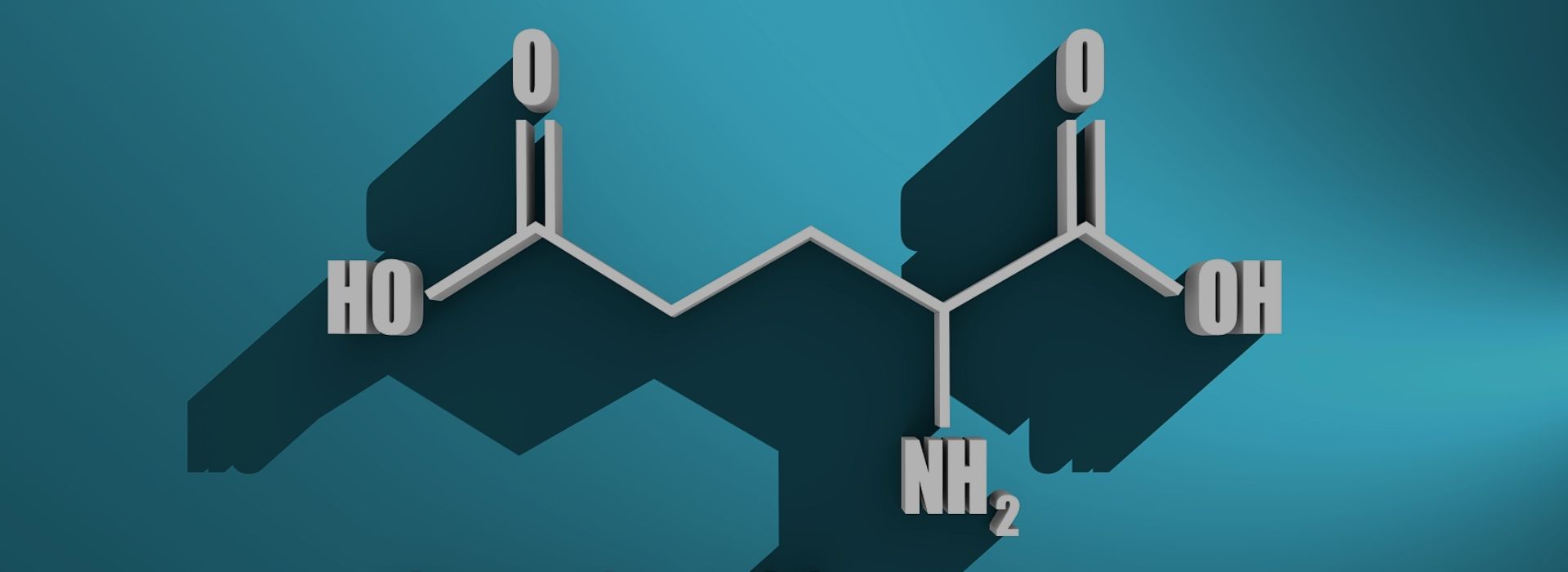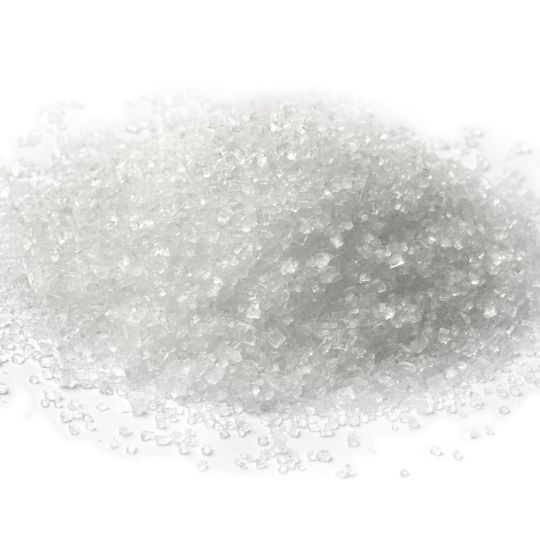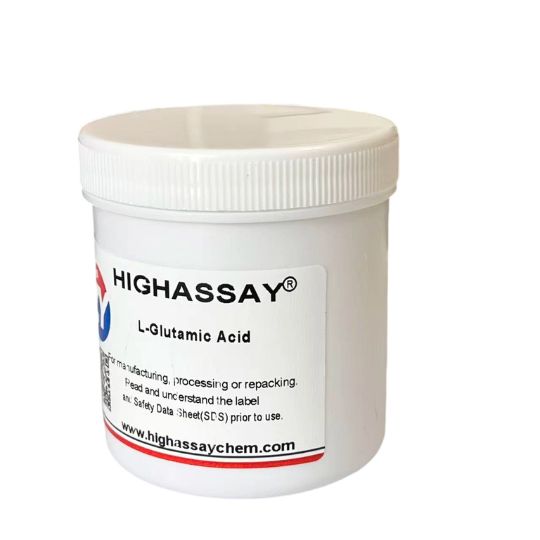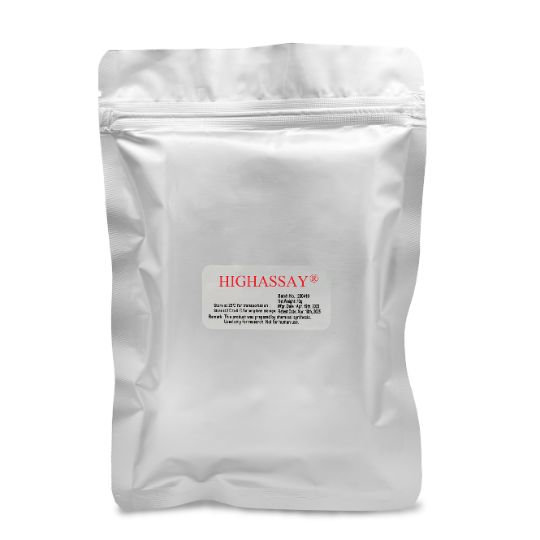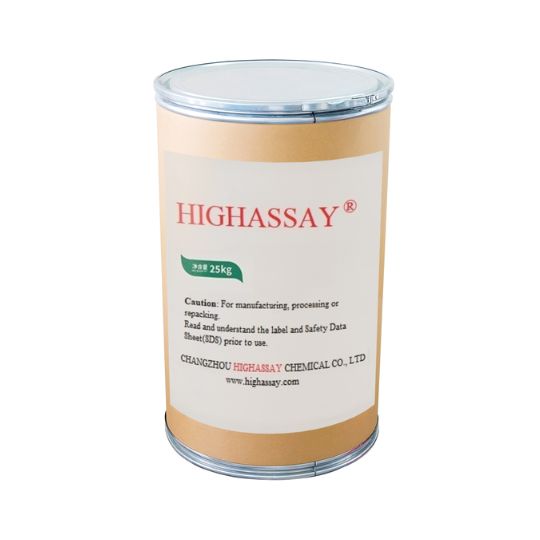A Brief Introduction to L-Glutamic Acid
Molecular Formula: C5H9NO4
Molecular Weight:147.13
CAS No: 56-86-0
Appearance:Colorless crystals
Regular commercial package: 25kg/drum
Benefits of L-Glutamic Acid
- L-Glutamic Acid provides a negative charge to proteins, stabilizing their structure. This accelerates cell repair and regeneration, boosts immunity, and maintains good health.
- L-Glutamic Acid regulates the central nervous system, enhancing learning and memory efficiency and improving cognitive abilities. It also regulates emotions, maintaining a positive mood.
- L-Glutamic Acid can accelerate the body’s energy metabolism, keeping us energetic and motivated, contributing to better work and life.
- L-Glutamic Acid is widely added to daily necessities. It has excellent skin and hair care properties and is highly safe, being a natural plant-based ingredient.
If you have any questions about processing L-Glutamic Acid, Highassay’s R&D team is here to help.
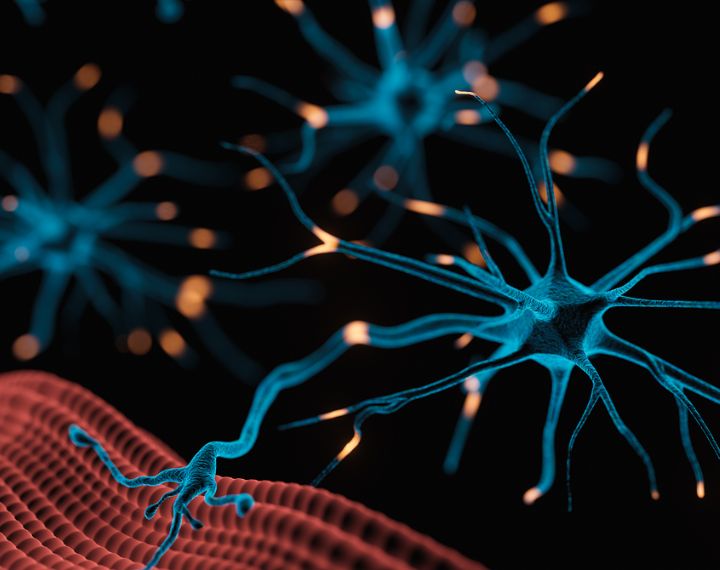

People who are not suitable for supplements that target a single glutamate model
- Patients with diabetes or gastrointestinal problems
- People with liver or kidney problems
- Pregnant or breastfeeding women
- People with amino acid allergies
- People with adequate nutrition and no special needs
- Children
What is L-Glutamic Acid?
L-Glutamic Acid is a non-essential amino acid widely found in nature. We can obtain it through food (meat, soy products, dairy products, and some vegetables) and supplements. If supplementation is necessary for medical reasons, medications containing glutamate can be taken under a doctor’s advice. L-Glutamic Acid participates in the synthesis of proteins, sugars, and other nutrients, and in a series of chemical reactions, providing energy for the body and removing harmful substances. Due to its safety (source and ingredients) and necessity (it is required for the synthesis of almost all biological proteins), L-Glutamic Acid is widely used in various fields.
Applications of L-Glutamic Acid
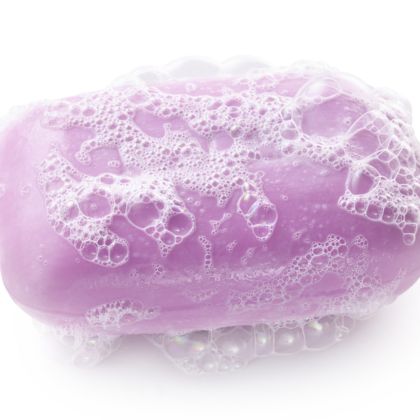 Daily necessities and skincare products
Daily necessities and skincare productsUsed on hair and skin, it promotes hair growth and inhibits oily scalp; enhances skin elasticity, smoothes wrinkles, and delays aging; used in soaps and toiletries, it increases foaming, inhibits bacteria, and removes dirt.
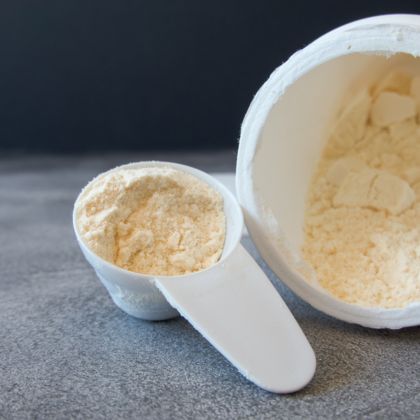 Nutritional Supplements
Nutritional SupplementsTaking appropriate amounts of L-Glutamic Acid supplements can help improve memory, boost immunity, accelerate energy metabolism, and eliminate harmful substances from the body.
 Flavor Enhancer
Flavor EnhancerAdding an appropriate amount of L-Glutamic Acid to food additives, MSG, and spices does not have any side effects and can enhance the taste of food and increase appetite.
 Pharmaceuticals
PharmaceuticalsUsed to prevent and treat hepatic coma, protect the liver, and improve brain and neurological diseases.
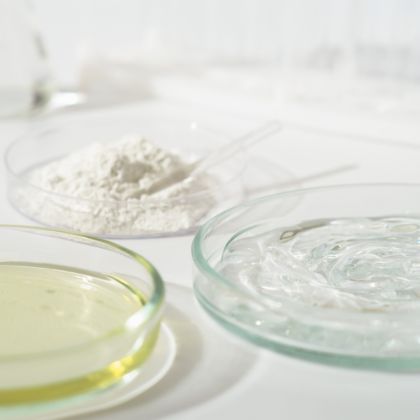 Biochemistry
BiochemistryL-Glutamic Acid can be used in biochemical research, for example, as a bacterial culture medium.
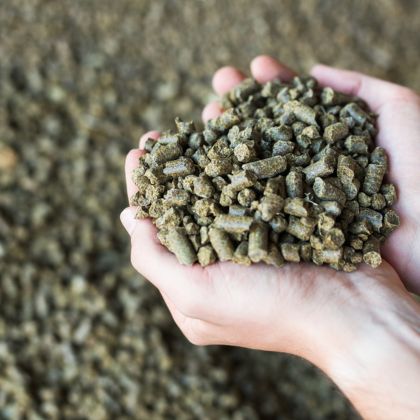 Animal Feed
Animal FeedIn addition to providing nutrients for animals, it also preserves animal food.
Dosage Suggestion of L-Glutamic Acid
Adequate L-Glutamic Acid supplementation can be beneficial to your body. It is recommended to take L-Glutamic Acid supplements if you are not getting enough from food. However, excessive L-Glutamic Acid intake can cause brain overexcitement and harm the body. First, avoid taking L-Glutamic Acid medications without proper care. L-Glutamic Acid content is high in these medications, so if you are treating neurological or liver diseases, take them only under the advice of a doctor.

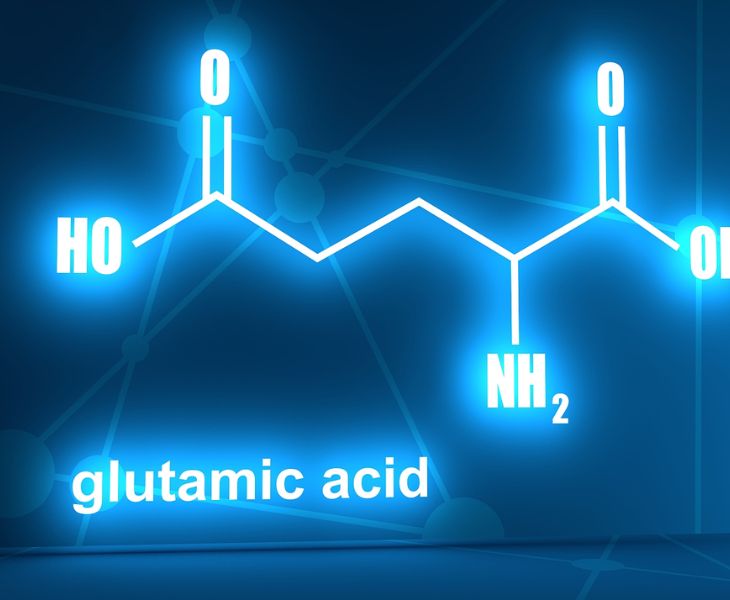
L-Glutamic Acid VS L-Glutamine VS D-Glutamic Acid
L-Glutamine is synthesized in the body from L-Glutamic Acid. L-Glutamic Acid is primarily found in food, while L-Glutamine is found in bones. Their primary functions differ: L-Glutamic Acid targets proteins and nerves, while L-Glutamine targets bones and muscles. Therefore, when choosing between the two, consider their primary functions. Purchase based on your needs.
Glutamic acid consists of two mirror-image enantiomers: the right-hand D-isomer and the left-hand L-isomer. L-Glutamic acid is widely found in nature and is a major component of proteins, contributing to human health. D-Glutamic acid, on the other hand, is found in specialized environments, such as bacterial capsules and cell walls. It is a neurotransmitter with a special role in the structure and metabolism of bacteria.
Our company obtained GMP quality certification from the State Administration of Quality Supervision in 2002 and has subsequently obtained ISO9001, FSSC22000, KOSHER, and HALAL certifications. The required data is provided in the web form.
We ship within 1-3 days. You can specify your preferred shipping method, and we can also provide expedited service.
Yes, we can provide the best bulk price based on your specific needs.
Specification of L-Glutamic Acid
| L-Glutamic Acid | CP2020 | EP11 | USP2023 | AJI92 |
| Assay | ≥98.5% | 98.5-100.5% | 98.5-101.5% | 99.0-100.5% |
| PH | / | / | / | 3.0-3.5 |
| Specific rotation[a]D20 | =+31.5°-+32.5° | =+30.5°-+32.5° | =+31.5°-+32.5° | =+31.5°-+32.5° |
| Specific rotation[a]D25 | / | / | / | / |
| Transmittance(T430) | ≥98.0% | / | / | ≥98.0% |
| Appearance of solution | / | clear & colorless | / | / |
| Chloride(Cl) | ≤0.02% | ≤0.02% | ≤0.02% | ≤0.02% |
| Ammonium(NH4) | ≤0.02% | ≤0.02% | / | ≤0.02% |
| Sulfate(SO4) | ≤0.02% | ≤0.03% | ≤0.02% | ≤0.02% |
| Iron(Fe) | ≤5PPM | ≤10PPM | ≤10PPM | ≤10PPM |
| Heavy metals(Pb) | ≤10PPM | / | / | ≤10PPM |
| Arsenic | ≤1PPM | / | / | ≤1PPM |
| Other amino acids | ≤0.50% | / | Individual impurities≤0.5% | |
| Total impurities≤2.0% | conform | |||
| Ninhydrin-positive substances | / | conform | / | / |
| Loss on drying | ≤0.50% | ≤0.50% | ≤0.10% | ≤0.10% |
| Residue on ignition | ≤0.10% | ≤0.10% | ≤0.10% | ≤0.10% |
| Endotoxin | conform | conform | conform | / |
| Total plate count | ≤ 1000 CFU/g | ≤ 1000 CFU/g | ≤ 1000 CFU/g | ≤ 1000 CFU/g |
| Moulds & Yeasts | ≤ 100 CFU/g | ≤ 100 CFU/g | ≤ 100 CFU/g | ≤ 100 CFU/g |

